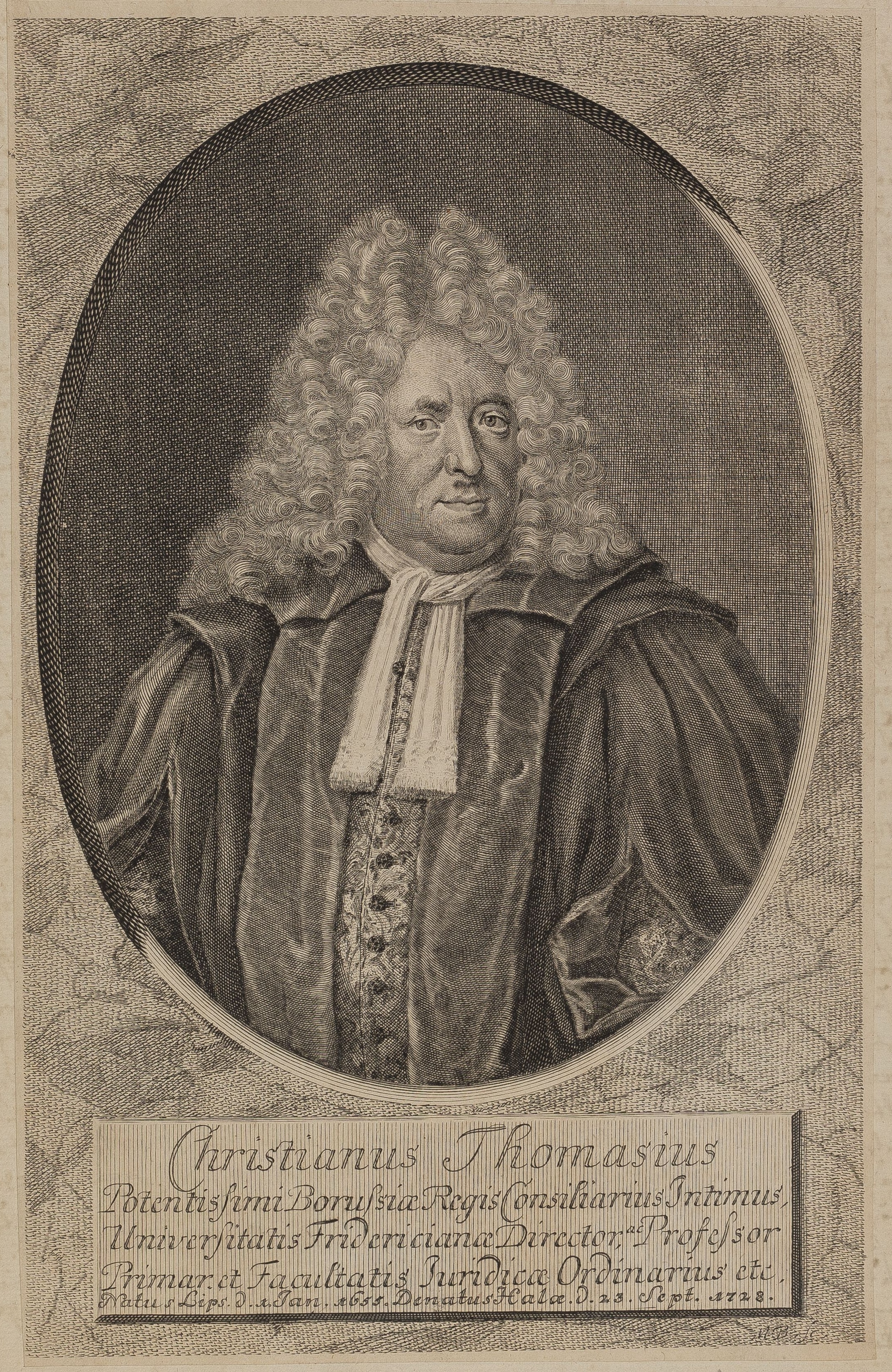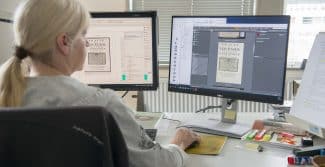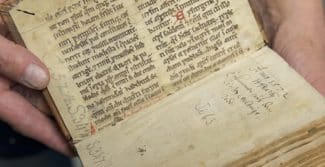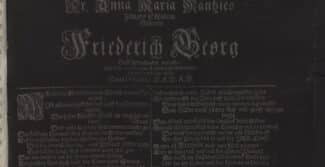2 December 2020
As the portraits are of 17th- and 18th-century jurists and their biographical information was written in German, one can assume that the collection once belonged to a mid-18th-century German jurist. But what was the purpose of such portraits?
‘When a scholar, particularly a legal scholar, collects portraits of renowned legal scholars, it is not only for pleasure or to adorn his collection of books but for a real purpose, which is none other than to serve as an aide-memoire to foster cognisance of other renowned legal scholars.’
A portrait collection as an aide-memoire? This suggestion by the Halle-based jurist Daniel Nettelbladt from 1758 might seem odd at first. Then, as now, memorisation was a fundamental part of law studies, but memorisation was also an important aspect of many other subjects too. Early modern scholarship was primarily about remembering as many names, dates and facts as possible. At a time in which knowledge was expanding at an unprecedented speed, such feats of memorisation posed a great challenge to most individuals. Methods promising to boost memory were sought out by many scholars – not least because they had to regularly demonstrate their knowledge in academic disputations and while conversing with their peers.
There are two reasons why the idea of using portraits as an aid was an obvious one. First, the memory studies of antiquity had conveyed how useful pictures can be in general in helping commit things to memory. Second, over the course of the 17th century, printed portraits had become complex vehicles for communicating biographical data. Inscriptions included information such as the dates of birth and death, the place of origin and the offices and posts held by the person portrayed. Epigrams spoke of personal virtues and achievements, while clothing and professional accessories proclaimed their membership of various institutions as well as the awards, honours and privileges they had garnered, such as the imperial law of arms. In some instances, even the scholar’s writings found their way into the portraits. In this manner, the printed portraits condensed a great deal of biographical and bibliographical information on a single sheet.
In this regard, they represented shortened versions of portrait books, a genre that was particularly popular in scholarly circles, in which portraits and biographies of famous scholars were combined.
While their collectors primarily viewed such portraits as media for storing knowledge, they adapted them to meet their individual requirements for organising and storing information. In many cases, therefore, portraits were cut out of books, pasted into albums or onto individual sheets and annotated by hand. Some collectors added only the barest details or commented on the degree of resemblance between the portrait and its subject, while others included references to biographical reference books or even added verses to the portraits. In his Anleitung wie man die Bildnüsse berühmter und gelehrter Männer mit Nutzen sammlen und denen dagegen gemachten Einwendungen gründlich (Guide to the useful collecting of portraits of renowned and scholarly men and how to fundamentally counter objections to said practice) (Nuremberg, 1728), Sigmund Jacob Alpin described these topics in detail. Arranged alphabetically according to subject and discipline, these collections were intended to function similarly to a note box or lexicon as tools for organising one’s accumulated knowledge of individuals as well as their accomplishments and works. According to Alpin, the main purpose of these collections was to help their users learn and remember such information:
‘This I am writing from my own experience, and, in all honesty, I can assure readers that I can recognise all my portraits when viewed even from a distance, but when I think about one or the other of them, I can see the portraits as if they were being held up before me and at the same time the various biographical details also come to mind.’
It is evident from estate inventories, auction catalogues and collections of correspondence that many late 17th- and 18th-century scholars owned collections of printed portraits, although hardly any of these have survived. These collections were often broken up and scattered over the course of the 19th and 20th centuries. In most instances the portraits were separated from the annotated sheets upon which they were mounted, and the contexts surrounding their erstwhile usage and function can thus no longer be reconstructed. This makes the acquisition of this juristic collection of portraits all the more gratifying, as an important source relating to scholarly knowledge practices in the early modern period can thus be secured and made accessible to researchers.











